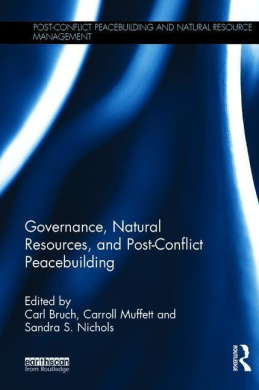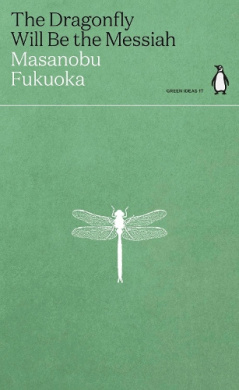Description
Part 1: Introduction Humility in the Face of Complexity Introduction. The Role of Natural Resource Management in Reducing the Risk of Conflict Recurrence. Part 2: Awareness Assessment and Evaluation Introduction. How the Use of Economic Analysis of Environmental Degradation. Can Influence Policy Processes: Experience from Rwanda. Thinking Back-End: Improving Post-Conflict Analysis by Emphasizing Consultation and Scenario Development. Evaluating the Contribution of External Support in Post-Conflict Situations: From Early Recovery to Sustainable Development Part 3: Governance Interventions Introduction. Good Governance – Introduction. The Role of Environmental Law in Post-Conflict Peacebuilding. Natural Resources, Corruption, and Post-Conflict Transitions. Stopping the Plundering of Natural Resources for Sustainable Peace in Cte d’Ivoire. Sartor Resartus: Reviewing Concession Reviews Recent Liberian Experience and the Prospects for Effective Internationalized Solutions. Early Action Fund for Resolving Local Disputes over Natural Resources. Institutions-Introduction. Environmental Experiences and Developments within UN Department of Field Support and Department of Peacekeeping Operations. Bumps in the Road toward Effective Peacekeeping: Lessons from Sierra Leone and Democratic Republic of Congo. Reducing the Environmental Boot Print of the Military in Peace Operations. Military – military Engagement on Environment and Natural Disasters: Lessons Learned for Post-Conflict Peacebuilding. Review of UNEP Post-Conflict Assessment Experiences. UN Peacebuilding Commission. Taking the Gun out of Natural Resource Exploitation. Mitigating Natural Resource Conflicts through Development Projects: Some Lessons from World Bank Experience. Non-Governmental and Local Institutions. Introduction – Natural Resources and Peacebuilding: The Role of the Private Sector. Legal Pluralism in the Post Conflict Environment: Problem or Opportunity for Natural Resource Management? The Role of Conservation in Promoting Sustainability and Security in at-risk Communities. Marginalized Populations. Introduction – Strengthening Post-Conflict Peacebuilding through Natural Resource Management A Gender Perspective. Indigenous Peoples, Natural Resources, and Peacebuilding in Colombia Part 4: Cross-Cutting Issues Introduction. Before the Peace/Preparing for Peace. Preparing for Peace A Case Study of Darfur, Sudan. Stepping Stones to Peace? Natural Resource Provisions in Peace Agreements. Challenges of Snow Leopard Diplomacy: The Pamirs Transboundary Peace Park. Considerations on When to Include Natural Resources in Peace Agreements. Situating NRM within other Post-Conflict Priorities. ‘Green’ Peace in Aceh?: Consolidating Peace through the ‘Aceh Green’ Strategy. Environment and NRM: Interweaving Post-Conflict Humanitarian and Development Response. Conservation as Democracy in Afghanistan. Transition, Justice, and Accountability. Building Momentum and Constituencies for Peace: The Role of Natural Resources in Transitional Justice and Peacebuilding. Peace through Justice?: International Tribunals and Accountability for Wartime Environmental Damage. The United Nations Compensation Commission and the 1990-1991 Gulf War: The Role of Natural Resources in International Reconciliation (Iraq/Kuwait). Some Reflections on the UNCC Experience. Confidence Building through NRM. Paving the Way: The Role of the Central American Commission for Environment and Development (CCAD) in Post-Conflict Peacebuilding through Environmental Governance. Per and Ecuador ‘Peace Parks’: A Decade after the Peace Settlement Part 5: Emerging Issues and Conclusions Climate Change and Post-Conflict Peacebuilding Strengthening. Post-Conflict Governance and Rule of Law through Natural Resource Management. Appendices






